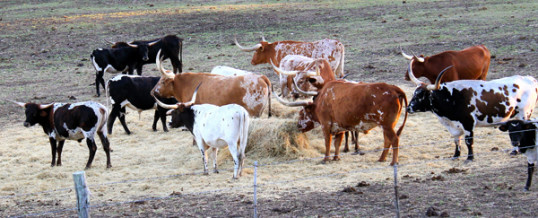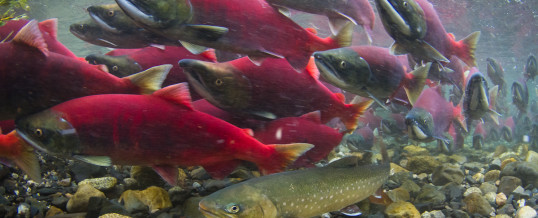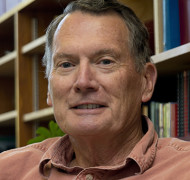[vc_row][vc_column][vc_column_text]
[vc_row][vc_column width=”1/1″][vc_column_text]Michael Mann, a climate scientist and central figure in the political debate over climate change, visited Virginia Tech on March 20, 2015.
His 4 p.m. lecture at the Lyric Theatre was followed by a brief question and answer session and signing of his book, “The Hockey Stick and the Climate Wars: Dispatches from the Front Lines.”
The free event was sponsored by the Global Change Center at Virginia Tech and the Interfaces of Global Change Interdisciplinary Graduate Education Program.
[hr]
View the full lecture here

Michael Mann is a distinguished professor of meteorology at Penn State University, with joint appointments in the departments of geosciences and the Earth and Environmental Systems Institute. He is also director of the Penn State Earth System Science Center. His research involves the use of theoretical models and observational data to better understand earth’s climate system.
During his visit, Mann also co-lead a science communication workshop for doctoral students with Susan Hassol, director of Climate Communication and a leading expert on effective techniques for communicating science.
“We are thrilled to welcome Dr. Mann to Virginia Tech,” said William Hopkins, director of the Global Change Center and professor of fish and wildlife conservation in the College of Natural Resources and Environment. “A major part of the Global Change Center’s mission is to provide unique training opportunities to Virginia Tech faculty and graduate students. The all-day workshop led by Mann and Sue Hassol will allow the students to learn effective techniques for communicating science to the public and policy makers, and will enable them to spend intimate time learning from leading authorities on climate change and science communication.”
Mann has received a number of honors and awards including the National Oceanic and Atmospheric Administration’s (NOAA) outstanding publication award in 2002, and selection by Scientific American as one of the fifty leading visionaries in science and technology in 2002. He was awarded the Hans Oeschger Medal of the European Geosciences Union in 2012 and the National Conservation Achievement Award for science by the National Wildlife Federation in 2013.
Mann made Bloomberg News’ list of fifty most influential people in 2013. In 2014, he was named a Highly Cited Researcher by the Institute for Scientific Information and received the Friend of the Planet Award from the National Center for Science Education. He is a Fellow of both the American Geophysical Union and the American Meteorological Society.
“Dr. Mann’s visit to campus is an exciting opportunity to learn from a world-renowned scientist at the front line of both research and public engagement,” said Quinn Thomas, an assistant professor of forest resources and environmental conservation in the College of Natural Resources and Environment, who teaches courses in climate science on campus. “Through his peer-reviewed research, which provides historical context for recent temperature changes, and his writings, which are more geared toward a general audience, Dr. Mann’s work challenges us to think critically about our changing planet while not losing sight of the larger picture.”
Chartered earlier this year, the Global Change Center at Virginia Tech seeks to raise awareness about climate change and other global problems such as pollution and invasive species that threaten the environment and society.
Story by Lindsay Taylor Key, Communications Officer at Fralin Life Science Institute[/vc_column_text][/vc_column][/vc_row]















